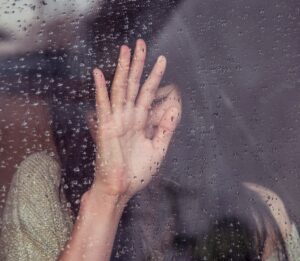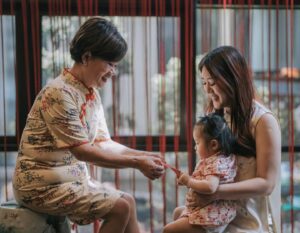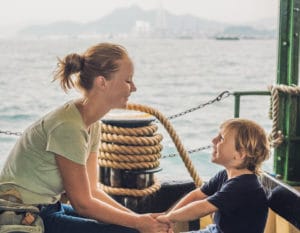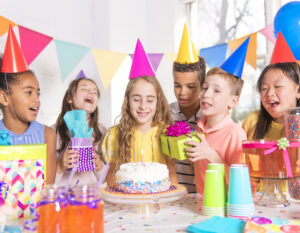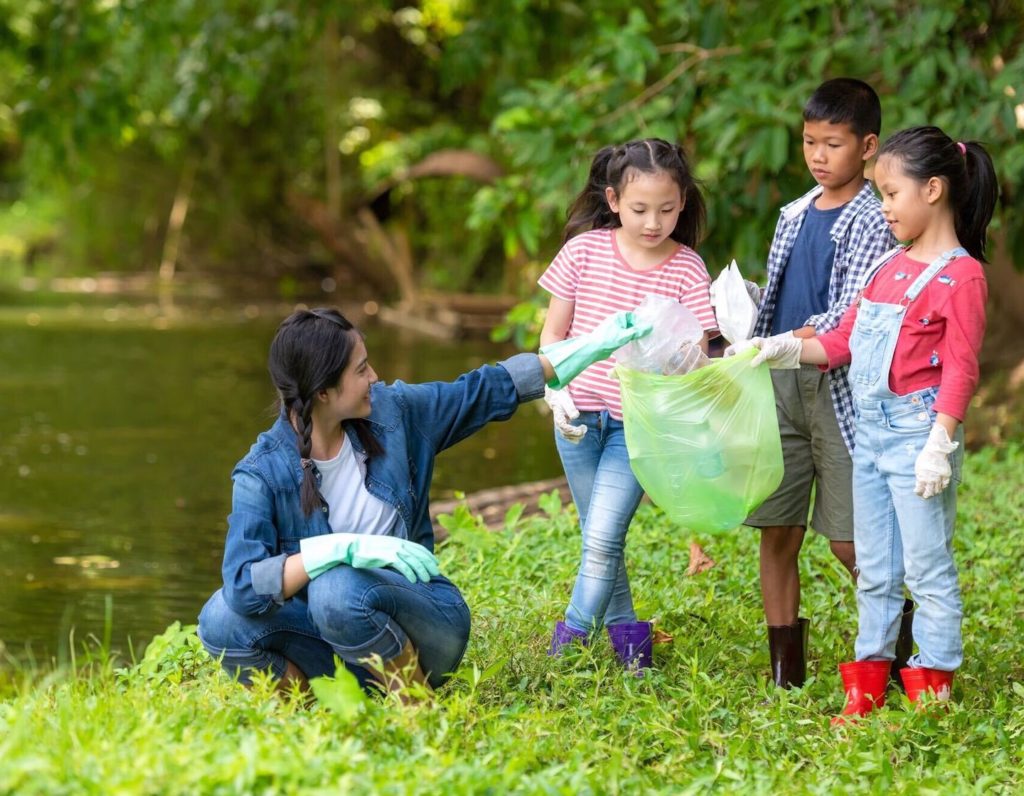
Help your little ones become planet protectors!
With all that is going on in the world, there has never been a better or more crucial time to teach our kids about sustainability. Our children are the future and educating them with the tools to live an environmentally balanced and responsible life is vital. Raising their environmental consciousness will have a long-lasting effect for generations to come. If this sounds up your street, but you aren’t quite sure where to start, here are eight great ways to teach your kids sustainability and put your little ones on the right track.
Read more: That Mama: Lisa Odell, Founder Of Plastic-Free HK
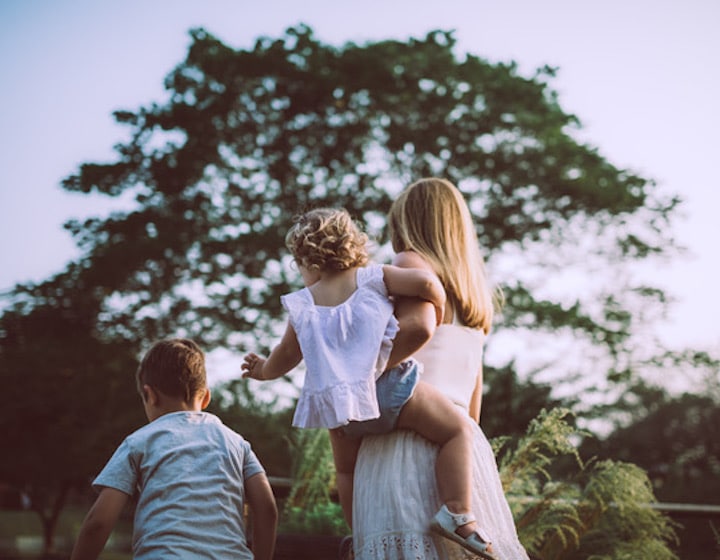
1. Teach Kids About Sustainability From Day One
Create an eco-friendly home as best you can, and pass these practices on to your children from the very beginning. My eldest, Owen, was two when I launched Plastic-Free HK. I started a simple conversation about plastic waste and its effects on the environment, which piqued his interest and questions followed naturally. For example, I always brought our own metal straws along to restaurants and insisted on no plastic straws. He would ask why, and we would talk about the waste in the oceans and how it affects wildlife. And the dialogue has only grown from there.
2. Practice What You Preach – They’re Watching
We all know our children are the biggest sponges and all they want to do is be just like Mummy and Daddy. Just as we set examples for good behaviour and habits, if we show them how to reuse, to compost, to plant (in essence, how to live harmoniously with this gorgeous Earth), they will develop this desire as well.
For example, I have vowed to never, ever take another plastic bag from the shops again and my kids know this (we use reusable bags, cardboard boxes, the basket under the stroller or our hands!). If none of these options is available, then we simply do our shopping later. Witnessing conviction in action will influence our children when they start making their own shopping decisions later in life.
Read more: Zero-Waste Living: Where To Find Eco-Friendly Essentials In Hong Kong
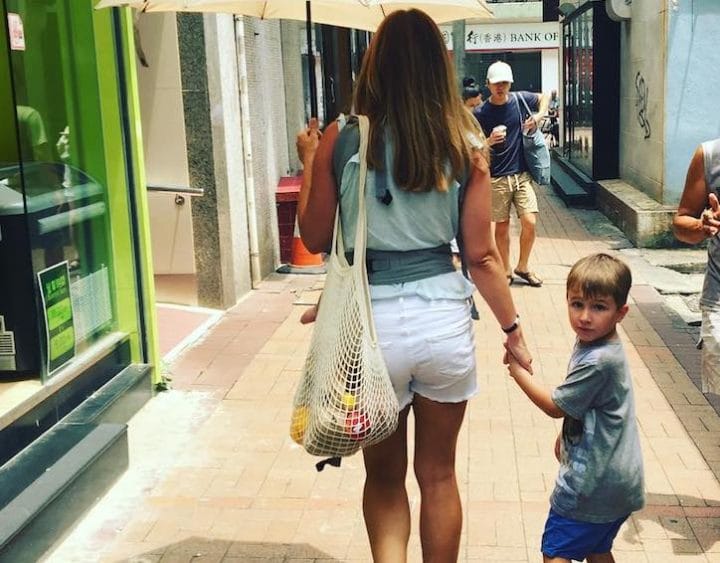
3. Read Books On The Subject
Storytelling, with pictures and simple language, can help children develop empathy and understanding. It’s also one of the easiest ways to teach kids about sustainability. So if you find good books on environmental issues, grab them and get your reading on!
4. Fix Things Together
When things break, instead of chucking them in the bin and buying replacements, try to fix them together. It’s a great way to show kids that we don’t live in a disposable world. My husband is always taking out tools and fixing things around the house, and it’s great to see him passing on this trait to the little ones.
Read more: How To Host An Eco-Friendly & Sustainable Birthday Party For Kids
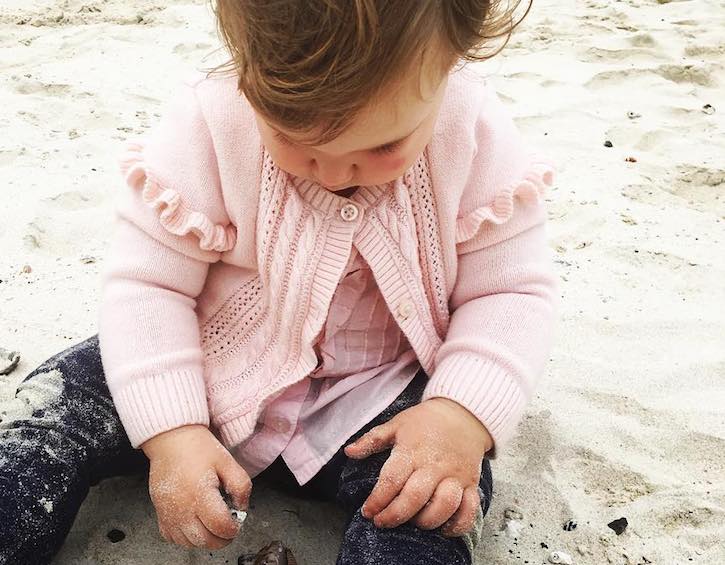
5. Take Them On A Beach Cleanup
If your child can actually see the amount of waste in the water and sand for themselves, it will undoubtedly have an impact. There’s nothing more powerful than experiential learning when it comes to understanding matters related to the environment!
6. Have A Compost And Recycling Bin At Home
Food waste is one of the biggest sources of waste in any home. With a little bit of forethought and effort though, we can manage and reduce it. Before we started composting, we froze all of our food waste in a container during the week, and when it was full, added this to the outgoing rubbish. This stopped the rotting food smell from our bin and enabled us to take the trash out sparingly. Once you’re ready to start composting, there are many different options to choose from, so do a little research with your children or get advice and find the one that works best for you. It’s a great way to reinforce concepts of wastage and teach kids about sustainability.
Read more: How To Recycle In Hong Kong: Hassle-Free Tips For Reducing Waste
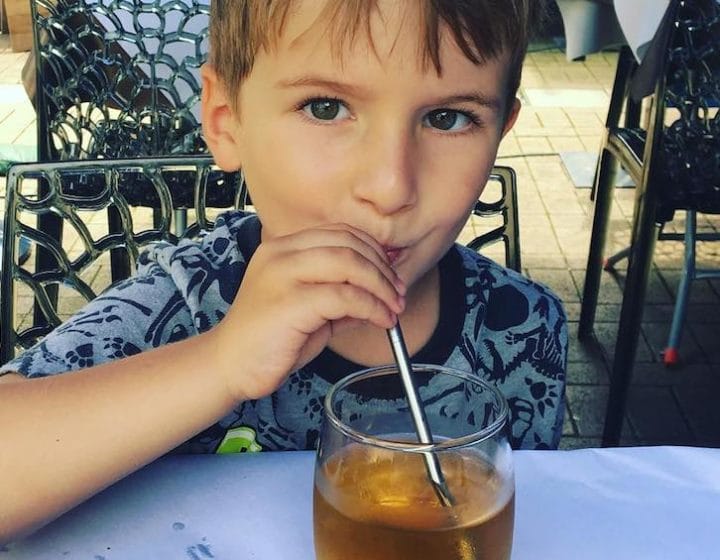
7. Refuse Single-Use Plastic
This applies to bags, straws and even snack and drinks containers. As stated earlier, refusing plastic straws was Owen’s introduction to what living sustainably looks like. Now he is almost six and he has had the exact same lunchbox and water bottle since he’s started using one, as they’re both stainless steel and highly durable. He might not fully understand that his lunch accessories are made with earth-friendly materials, but it has set the stage for more dialogue in the future.
8. Talk To Them!
At the end of the day, the best place to influence your children positively is through simple dialogue. Just start the conversation somewhere and go from there. They want to learn, we just have to show them how.
Read more: Where To Buy Eco-Friendly Lunchboxes And Other Essentials In Hong Kong
Featured image courtesy of Getty Images, all other images courtesy of Lisa Odell.
 View All
View All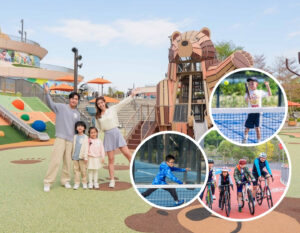
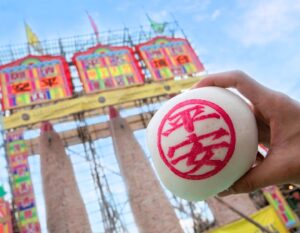

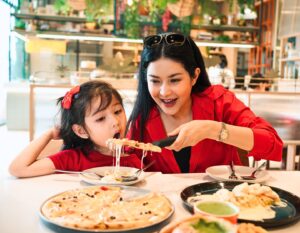

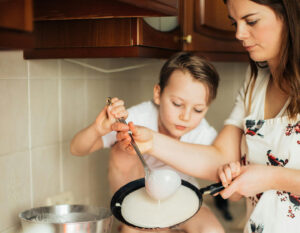

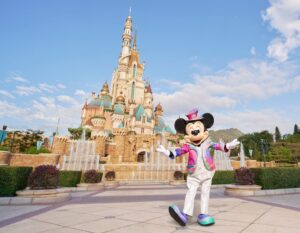

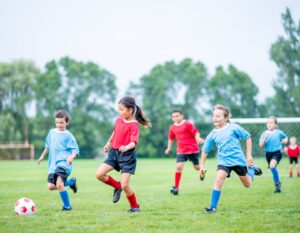
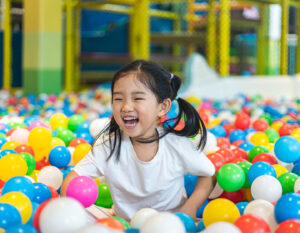

 View All
View All
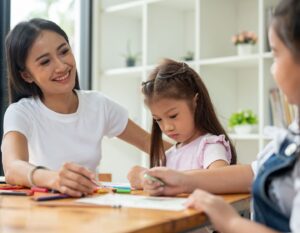
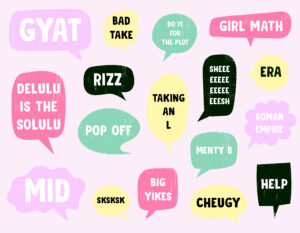


 View All
View All
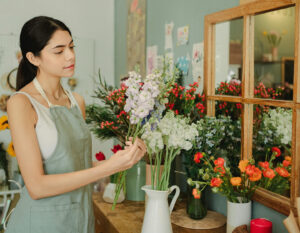
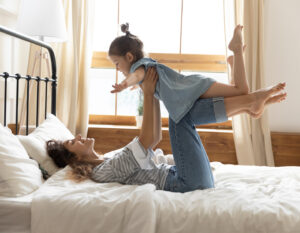
 View All
View All